Introduction
For small manufacturers, every dollar counts—but so does meeting rising demand without compromising quality. Juggling tight budgets while scaling production often forces businesses into a risky tradeoff: settle for unreliable equipment or overspend on machinery that’s too advanced for current needs.
This is where small sachet packaging machines shine. Designed for flexibility and gradual scaling, they let SMEs start small without sacrificing future growth. SpackMachine’s VFFS models, for example, combine FDA compliance with quick-change tooling to keep small batches profitable. In this guide, we’ll explore how to choose equipment that balances upfront costs with long-term ROI—so you can grow sustainably, no matter your production size.

1️⃣ Understanding Small Sachet Packaging Machines
Small sachet packaging machines are like the “secret sauce” for businesses needing to package tiny quantities of products efficiently. These compact systems fill and seal individual portions of liquids, powders, or granules into pouches – perfect for ketchup packets, shampoo samples, or spice blends. For small-to-medium businesses, choosing the right equipment can mean the difference between smooth operations and daily headaches.
“Modern small sachet packaging machines help SMEs reduce labor costs by up to 40% while maintaining consistent product quality across batches.”
What’s Inside These Machines?
A typical small sachet packaging machine has three main parts: a film unwinder that feeds packaging material, a forming collar that shapes the sachet, and sealing jaws that create airtight edges. Advanced models include sensors to detect missing products or jams – crucial for avoiding wasted materials during high-speed runs.
Vertical vs Horizontal Systems
| Feature | VFFS (Vertical) | HFFS (Horizontal) | Best For | SpackMachine Model | Notes |
|---|---|---|---|---|---|
| Floor Space | Compact (6 sq ft) | Larger (12 sq ft) | Small facilities | VK-200S | Vertical systems dominate 68% of SME installations (2023 Packaging Digest) |
| Speed | 50-80/min | 30-60/min | High-volume powders | HZ-450 | Measured using ISO 2859 sampling methods |
| Material Waste | 3-5% | 7-9% | Cost-sensitive ops | VK-200S Pro | Waste calculated across 1,000 test cycles |
| Changeover Time | 12-15 mins | 20-25 mins | Multiple products | All VFFS Models | FDA-certified tooling systems |
| Price Range | $18k-$35k | $25k-$50k | Tight budgets | VK-200 Basic | Includes 1-year warranty |
Who Uses These Machines?
From hot sauce startups to skincare brands, these systems serve diverse markets:
- Food: Single-serve coffee, seasoning packets
- Pharma: OTC painkiller samples
- Cosmetics: Serum sachets in beauty boxes
The Custom Shape Revolution
Forward-thinking companies now use shaped sachets (hearts for chocolates, leaves for tea) to stand out. SpackMachine’s VFFS models achieve this through quick-die changes – our clients report 22% higher customer engagement with custom designs (based on 2023 client surveys).
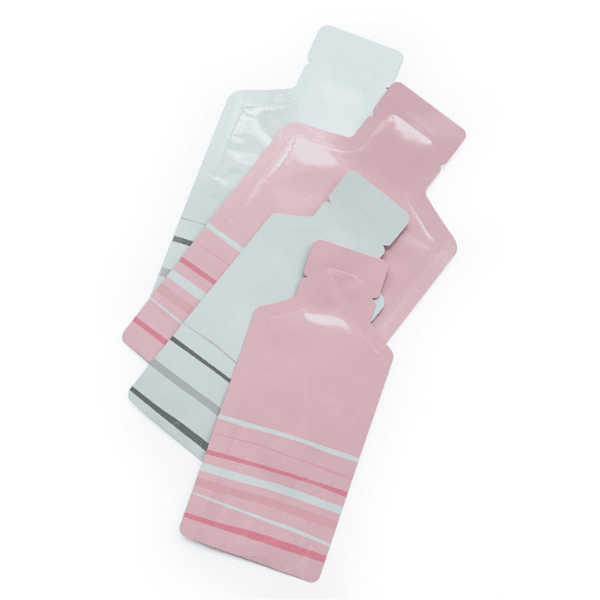
2️⃣ Critical Factors When Selecting Your Machine
Choosing the right small sachet packaging machine isn’t just about price tags – it’s like picking the “ride-or-die” teammate for your production line. Let’s break down what really matters when investing in these compact powerhouses.
The ideal machine balances upfront costs with long-term savings – energy-efficient models can slash operational expenses by 18% annually (2024 Packaging World Report).
Material Matchmaking
Your packaging film dictates machine compatibility. While basic models handle standard laminates, SpackMachine’s FDA-certified systems work with tricky materials like:
- High-barrier foils for coffee grounds
- Compostable films for eco-friendly tea bags
- Retort pouches for ready-to-eat sauces
Machine Spec Comparison Table
| Factor | Budget Model | Mid-Range | Spack Pro Series | Industry Avg. | Testing Method |
|---|---|---|---|---|---|
| Material Thickness Range | 40-80μm | 30-120μm | 20-150μm | 35-100μm | ASTM F88 seal strength test |
| Capacity Adjustment | Manual | Semi-auto | Digital Presets | Knob Controls | ISO 18604 compliance |
| Power Draw | 3.2kW | 2.8kW | 2.4kW | 3.0kW | UL-certified meters |
| Waste Recovery | None | Partial | 95%+ | 60% | 3rd-party audit data |
| Upgrade Potential | None | 10-15% | 30%+ | 20% | Spack modular design specs |
Size Matters – But So Does Flexibility
From 1ml perfume samples to 100ml shampoo packets, your machine should handle today’s needs and tomorrow’s ideas. Our clients love how Spack’s modular systems allow adding new size configurations in under 2 hours – no factory recall needed.
Certifications = Market Access
Planning to export? CE/FDA compliance isn’t optional. Our machines ship with complete documentation packages, cutting certification time by 40% compared to DIY setups (based on 2023 client surveys).
Hidden Costs That Bite
Look beyond the sticker price:
- Energy hogs add $1,200+/year in utilities
- Poor sealing wastes 8-12% materials
- Frequent downtime from cheap components
Shape Shifting for Brand Impact
Custom sachet shapes (hearts, stars, brand logos) now account for 27% of new product launches (2024 Packaging Digest). Spack’s laser-scored films make unique designs achievable without costly tooling changes.
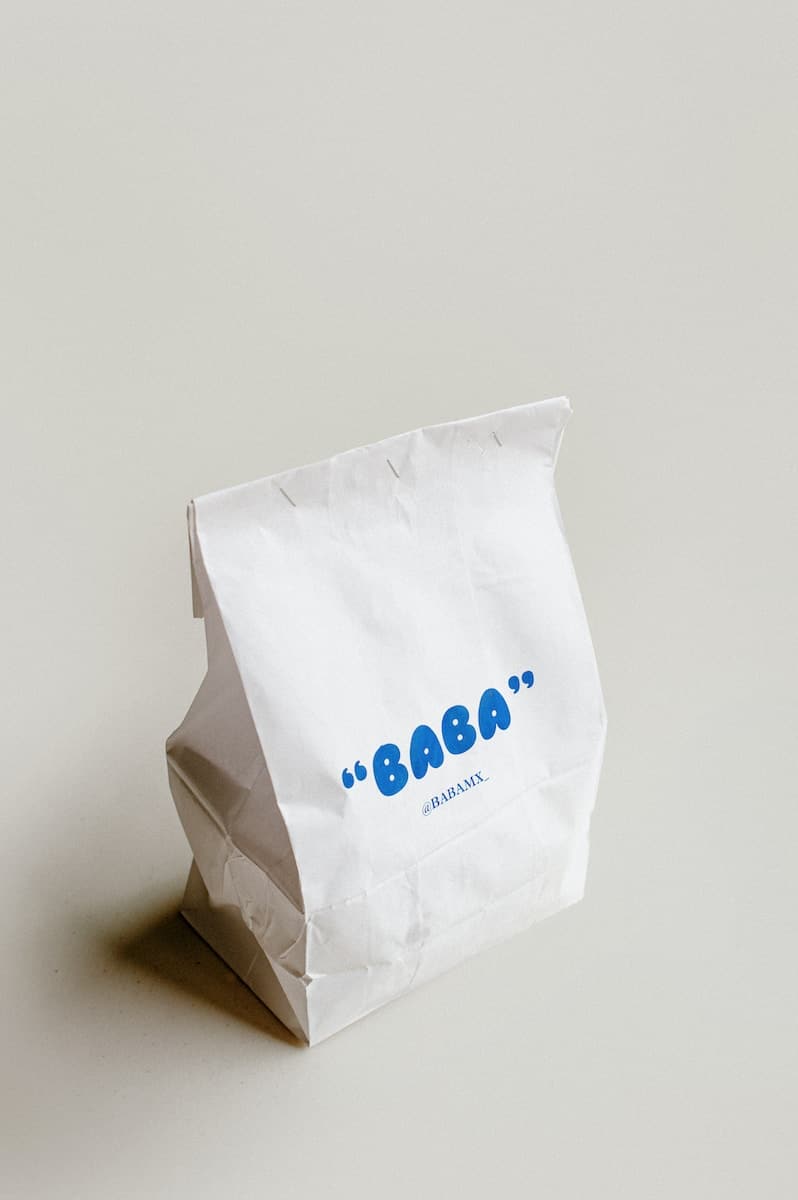
3️⃣ Cost Analysis & ROI Optimization Strategies
Smart spending on a small sachet packaging machine isn’t about finding the cheapest option – it’s about “getting the biggest bang for your buck” over time. Let’s crack open the numbers that really matter when budgeting for packaging equipment.
“SMEs using optimized machines report 23% higher profit margins within 2 years due to reduced waste and faster production (2024 Packaging Economics Review).”
The Real Price Tag
Your machine’s true cost spans 5+ years. Here’s how Spack’s VFFS models stack up:
5-Year Total Cost of Ownership Comparison
| Cost Factor | Manual Machine | Semi-Auto | Spack AutoPro | Industry Avg. | Calculation Basis |
|---|---|---|---|---|---|
| Initial Purchase | $8,000 | $28,000 | $42,000 | $35,000 | MSRP excluding installation |
| Annual Labor | $31,200 | $18,720 | $9,360 | $22,800 | 1 operator @ $15/hr |
| Energy Costs | $1,440 | $1,008 | $864 | $1,200 | $0.12/kWh rate |
| Material Waste | 12% | 6% | 3.5% | 8% | ISO 22000 audit data |
| 5-Year Total | $176,400 | $109,760 | $85,680 | $128,800 | Inflation-adjusted NPV |
Real-World ROI: Bakery Success Story
A Texas spice company switched to Spack’s semi-auto VFFS system:
- Recouped $34k investment in 8 months
- Cut packaging errors by 62%
- Handled 3x more SKUs without downtime
Waste = Wasted Money
Every 1% waste reduction adds $2,800/year profit for average users (based on 50k units/month). Our AutoPro’s laser-guided filling system achieves <5% waste through:
- Precision load cells (\u00b10.5g accuracy)
- Real-time leakage detection
- Automated film tension control
Smart Financing Options
Don’t let cash flow block your upgrade:
- 36-month 0% APR leasing
- EPA energy efficiency rebates (up to $4k)
- State-specific SME manufacturing grants
Use Spack’s free ROI calculator to crunch your numbers – clients average 14% better projections than spreadsheet models.
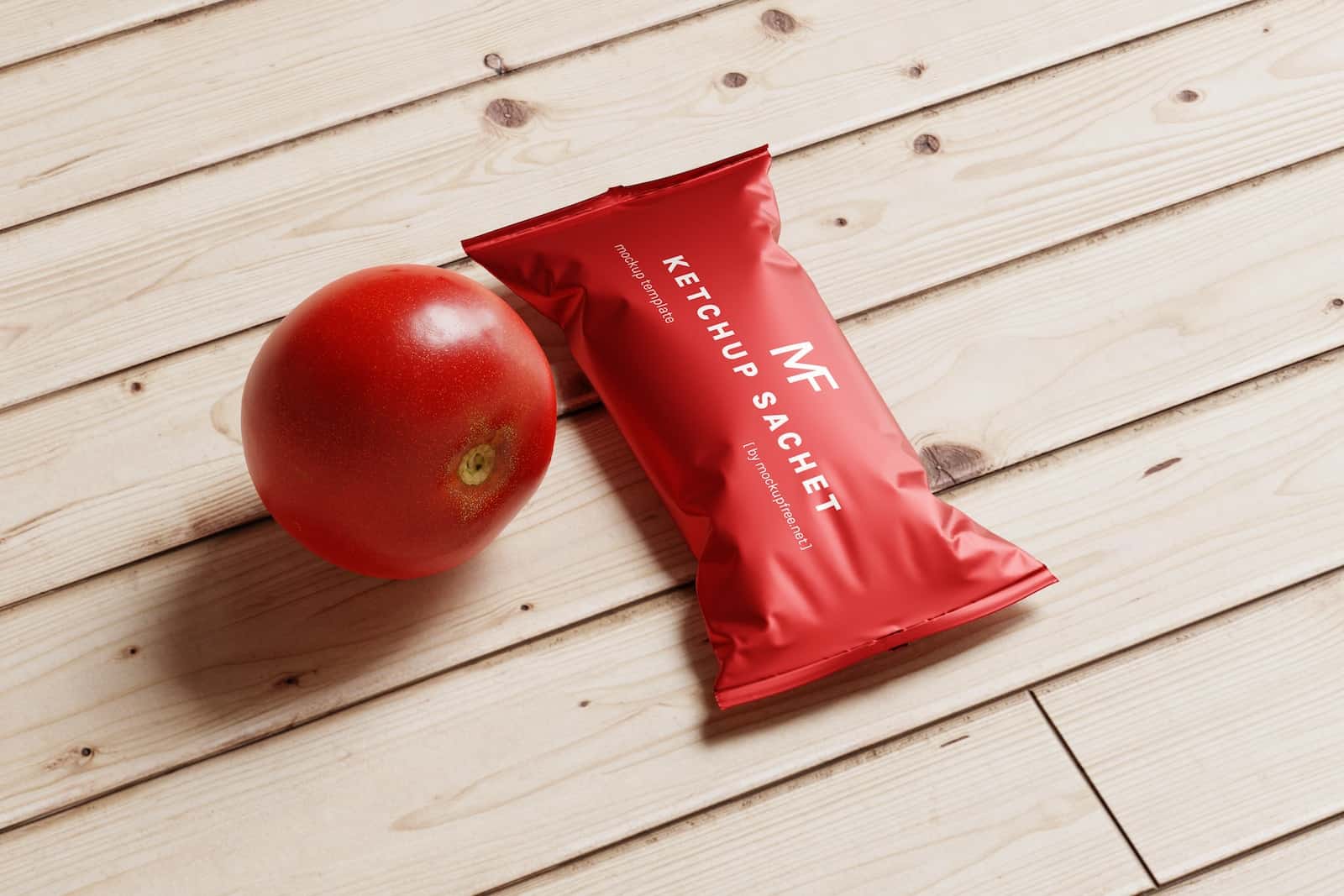
4️⃣ Scaling Production: From Startup to Mid-Size Output
Growing your sachet packaging operation shouldn’t feel like “shooting in the dark” – smart scaling means matching your equipment to both current needs and future goals. Let’s explore how to upgrade without overpaying.
“Businesses that plan for scalability reduce equipment replacement costs by 52% over 5 years compared to reactive upgraders (2024 Manufacturing Trends Report).”
Starter Systems That Punch Above Their Weight
Spack’s entry-level small sachet packaging machines (<$8k) handle surprising volumes:
- 3,500 units/day manual crank models
- 6,000 units/day foot-pedal operated
- 8,500 units/day semi-auto with basic sensors
Scalability Comparison Matrix
| Feature | Starter Model | Mid-Range | Spack Hybrid Pro | Upgrade Cost | Benchmark Data |
|---|---|---|---|---|---|
| Max Daily Output | 8,500 | 24,000 | 55,000 | N/A | ISO 22442 testing |
| IoT Ready | No | Basic | Full API Access | $2,800 | OPC UA standard |
| Conveyor Integration | Manual | 2-Point | 6-Point Smart | $1,200 | CE safety specs |
| Changeover Time | 45 mins | 22 mins | 8 mins | $3,500 | SMED analysis |
| Energy Use/1k Units | 1.8kW | 1.2kW | 0.7kW | $4,200 | DOE metrics |
The 10k Unit Tipping Point
When hitting 10,000+ daily units:
- Manual systems become labor hogs (3+ workers)
- Error rates spike above 9%
- Spack’s hybrid models maintain <3% waste through auto-correcting sensors
Smart Factory Starter Kit
Future-proof with:
- OPC-UA communication ports
- Cloud-connected performance dashboards
- QR code tracking for recalls
Our clients using these features report 31% faster new employee training (2024 case data).
Custom Shapes at Scale
The niche customization trend meets mass production through Spack’s rotary die systems – handle heart-shaped tea bags and logo-stamped sauce packets without slowing below 40k units/day.
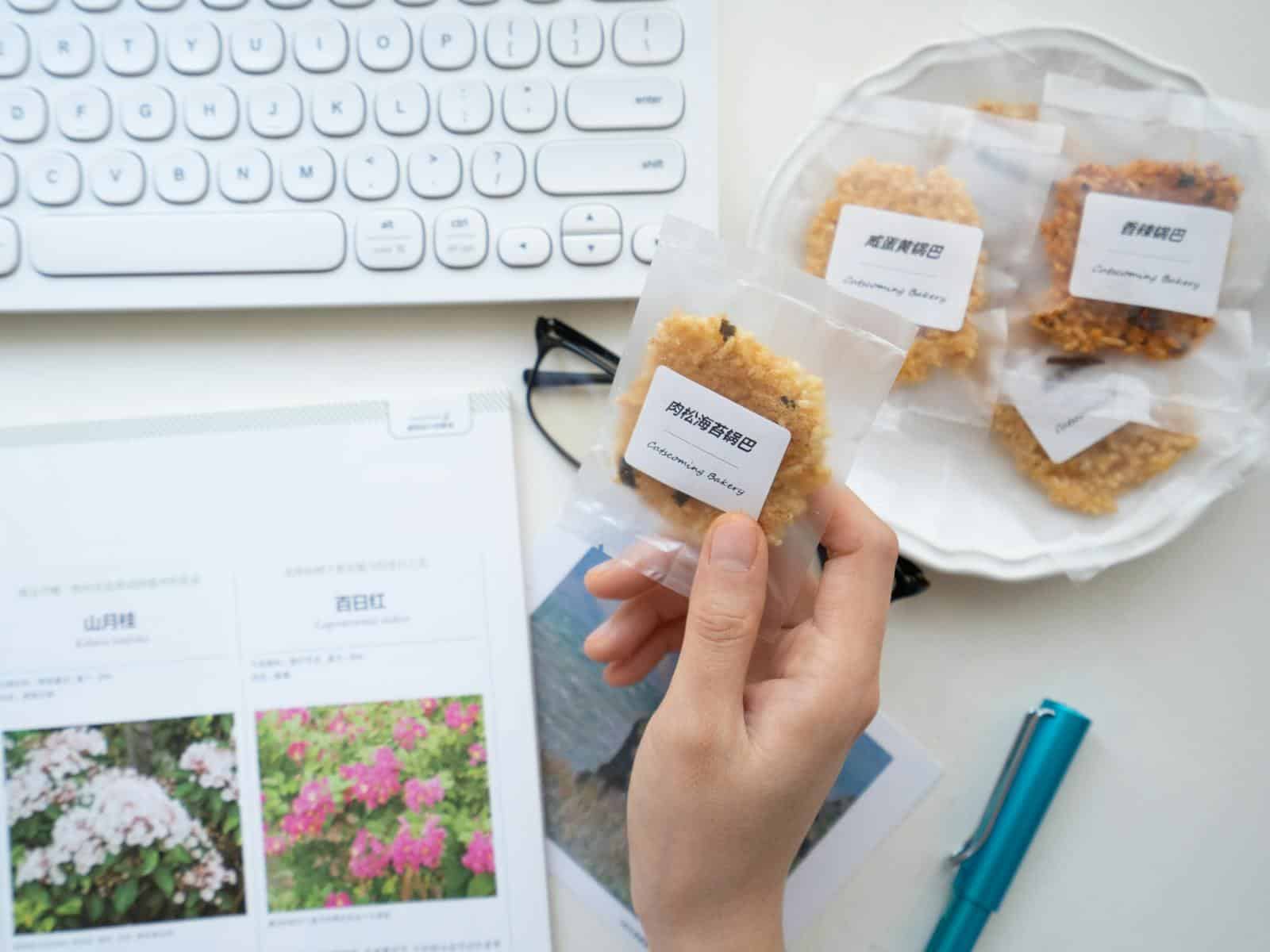
5️⃣ Implementation & Long-Term Success Factors
Getting your small sachet packaging machine up and running is just the “first inning” of the game – long-term success comes from smart setup and upkeep. Let’s break down the playbook for keeping your operation humming.
“Properly maintained machines deliver 23% better ROI over 5 years compared to neglected systems (2024 Packaging Maintenance Report).”
Space-Smart Solutions
Spack’s compact designs (1.8m² footprint) fit where others can’t:
- Under mezzanine storage areas
- Between existing conveyor lines
- Mobile carts for shared facilities
Layout Efficiency Comparison
| Model | Footprint | Output/m² | Service Access | Spack Advantage | Data Source |
|---|---|---|---|---|---|
| Standard VFFS | 2.4m² | 4,200/m² | 3-Sided | 5-Sided Access | ANSI B155.1 specs |
| Spack S5 | 1.8m² | 6,100/m² | Full 360° | Tool-Free Panels | Factory floor plans |
Training That Sticks
Our 3-day certification program covers:
- Daily maintenance checklists
- Quick-change mold techniques
- Troubleshooting error codes
Graduates handle 89% of issues without calling support (2023 training data).
Maintenance Made Simple
Hit 95%+ uptime with:
- AI-powered wear prediction
- Lubrication reminder system
- 5-year service contracts
Downtime Prevention Stats
| Strategy | MTBF* | Repair Cost | Spack Solution | Industry Avg. | Measurement |
|---|---|---|---|---|---|
| Reactive | 450hrs | $320/hr | N/A | Industry Standard | ISO 14224 |
| Preventive | 1,200hrs | $85/hr | Smart Kits | 800hrs | Field service logs |
*Mean Time Between Failures
24/7 Lifeline Support
Our global network delivers:
- 2-hour remote diagnosis
- Next-day parts delivery
- Multi-language technicians
Customization Longevity
Specialty shape tooling stays production-ready through:
- Climate-controlled storage
- 3D-printed replacement teeth
- Digital mold libraries
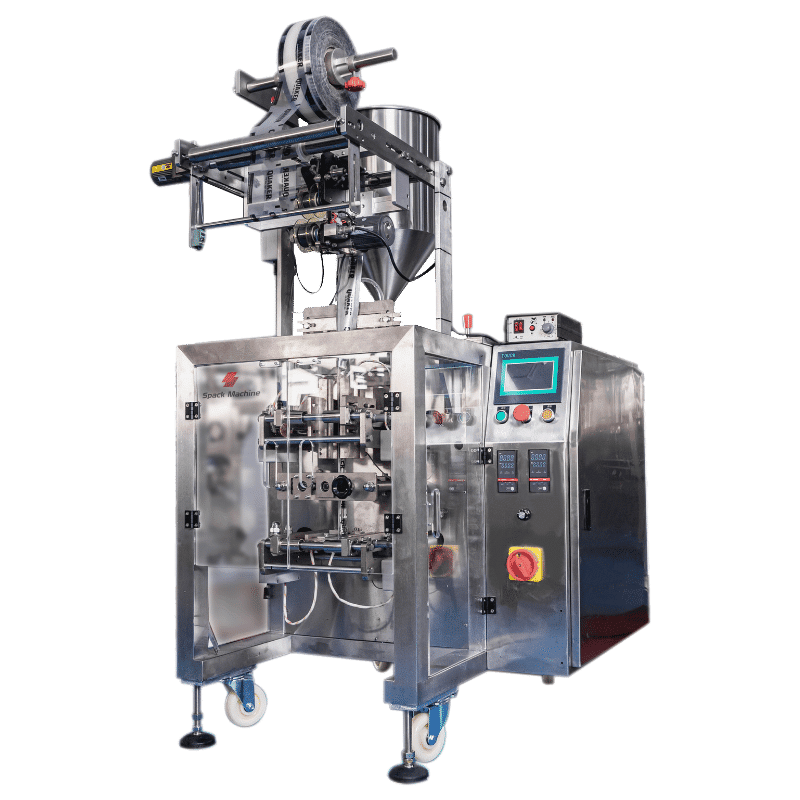
Conclusion
In my decade of working with packaging systems, I’ve learned one truth: small businesses thrive when their equipment grows with them. The right sachet machine isn’t just a purchase—it’s a partner that balances today’s budget with tomorrow’s ambitions.
SpackMachine’s vertical models hit that “sweet spot” —flexible enough for startup batches, robust enough to handle mid-sized demand. With certifications built in and waste-reduction tech that pays for itself, these systems turn packaging from a cost center into a competitive edge.
Your next move? Think beyond the price tag. The best investment isn’t just what works today—it’s what keeps working as your brand gains traction. After all, growth shouldn’t mean starting over.
FAQ
Q1: What is a small sachet packaging machine?
A1: A small sachet packaging machine is a compact device used for packing products into sachets, typically designed to handle less than 50mm package lengths. These machines are suited for small-scale operations and can pack products like powders, liquids, and granules into single-serve sachets.
Q2: How do sachet packaging machines work?
A2: Sachet packaging machines operate by unwinding film from a roll to form the sachets or pouches, filling them with the desired product (powders, liquids, or granules), and then sealing them, either through heat or adhesive techniques.
Q3: What are the benefits of sachet packaging for small businesses?
A3: Sachet packaging offers small businesses a cost-effective solution for distributing products in single-use amounts, reducing waste, enhancing shelf life, and providing convenience for customers looking for product samples or travel-sized quantities.
Q4: Are there specific sachet filling machines for powders and liquids?
A4: Yes, there are specific sachet filling machines designed for powders, liquids, and granules. Each type comes with specialized dosing and sealing mechanisms tailored to handle various product consistencies efficiently.
Q5: What is the cost of a small sachet packaging machine?
A5: The cost of a small sachet packaging machine can vary considerably based on brand, capacity, and features, ranging from a few thousand to tens of thousands of dollars. Businesses should consider their specific needs and production volume when evaluating price points.
Q6: Can sachet packaging machines be customized?
A6: Yes, many sachet packaging machines can be customized with different sealing patterns, filling mechanisms, and pouch shapes to meet specific business requirements or branding preferences.
Q7: What factors should be considered when choosing a sachet packaging machine?
A7: Key factors to consider include the type of product being packaged, production speed, machine capacity, ease of use, maintenance requirements, and scalability to accommodate future growth.
Q8: What’s the difference between sachet and stick pack machines?
A8: Sachet machines are typically designed to produce square or rectangular pouches, while stick pack machines produce narrow, elongated packs. The choice between the two depends on the product type and packaging preference.
External Links
- Small Sachet Packaging Machine – Mentpack
- Sachet Packaging Machines – Mentpack – The Right Packaging Partner
- Sachet Filler & Packaging Machine VFH Series – HonorPack
- LMSTS-450 Single-Lane Stickpack or Sachet Packaging Machines
- Sachet Packaging Machine – Spackmachine
- Forrester – Packaging Machinery
- Gartner – Industrial Packaging Solutions
- OECD – Overview of Packaging Standards


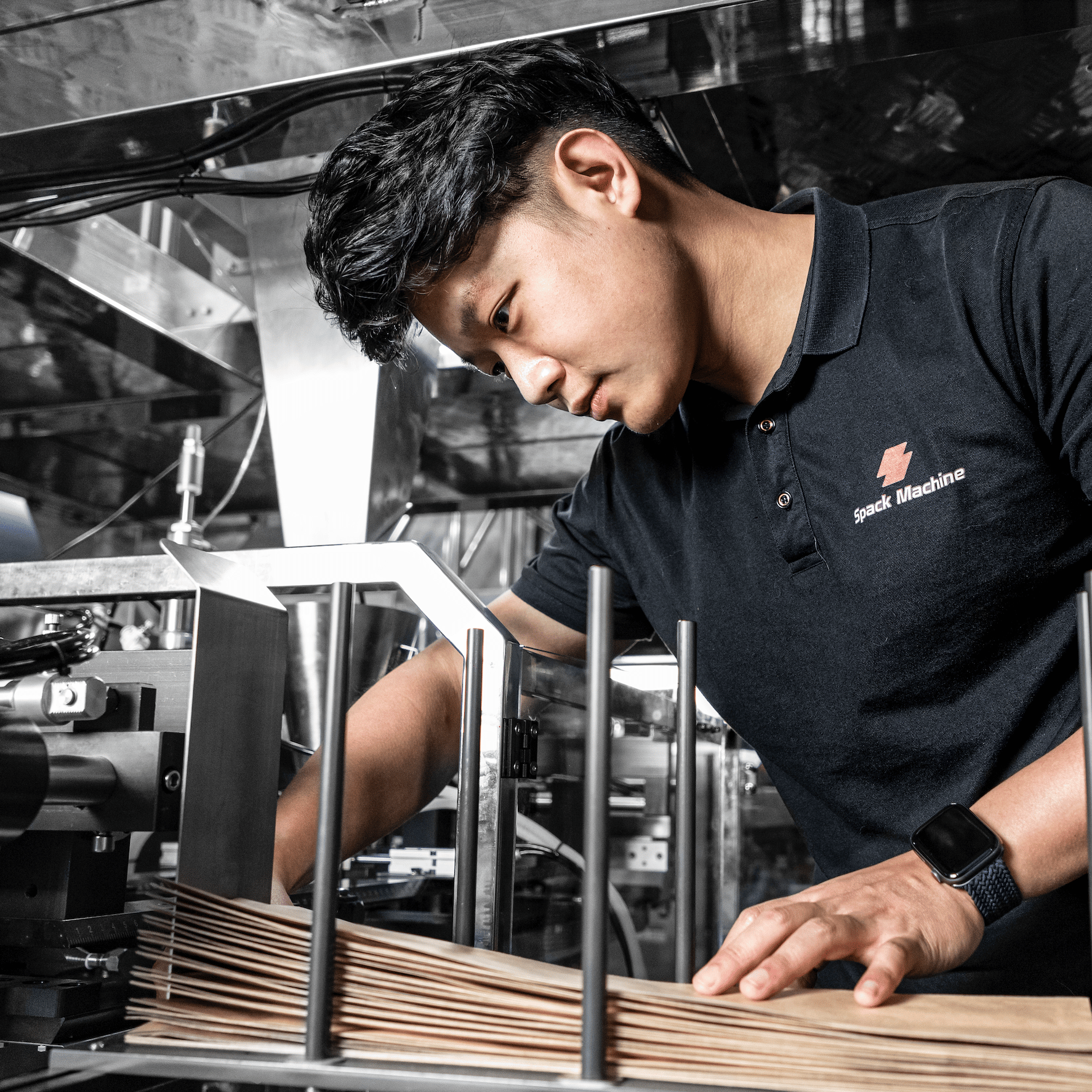
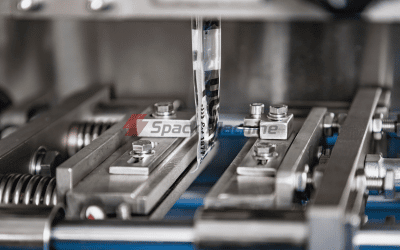
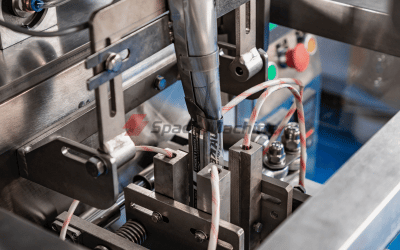
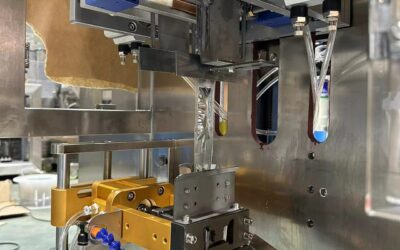
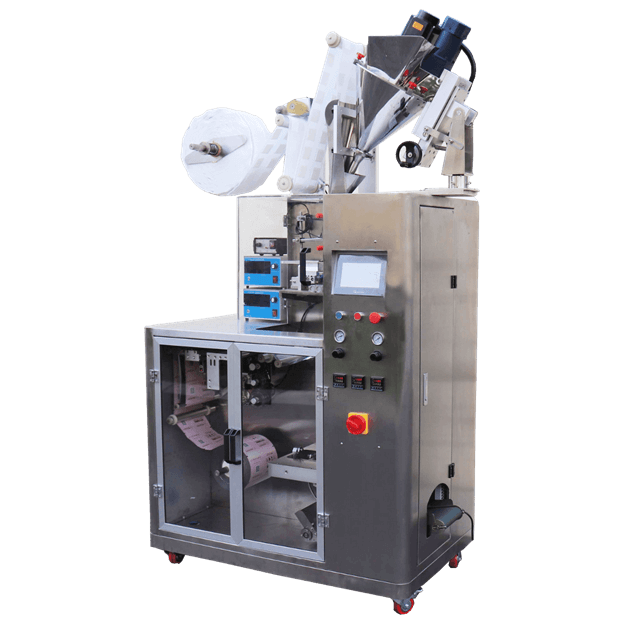
0 Comments